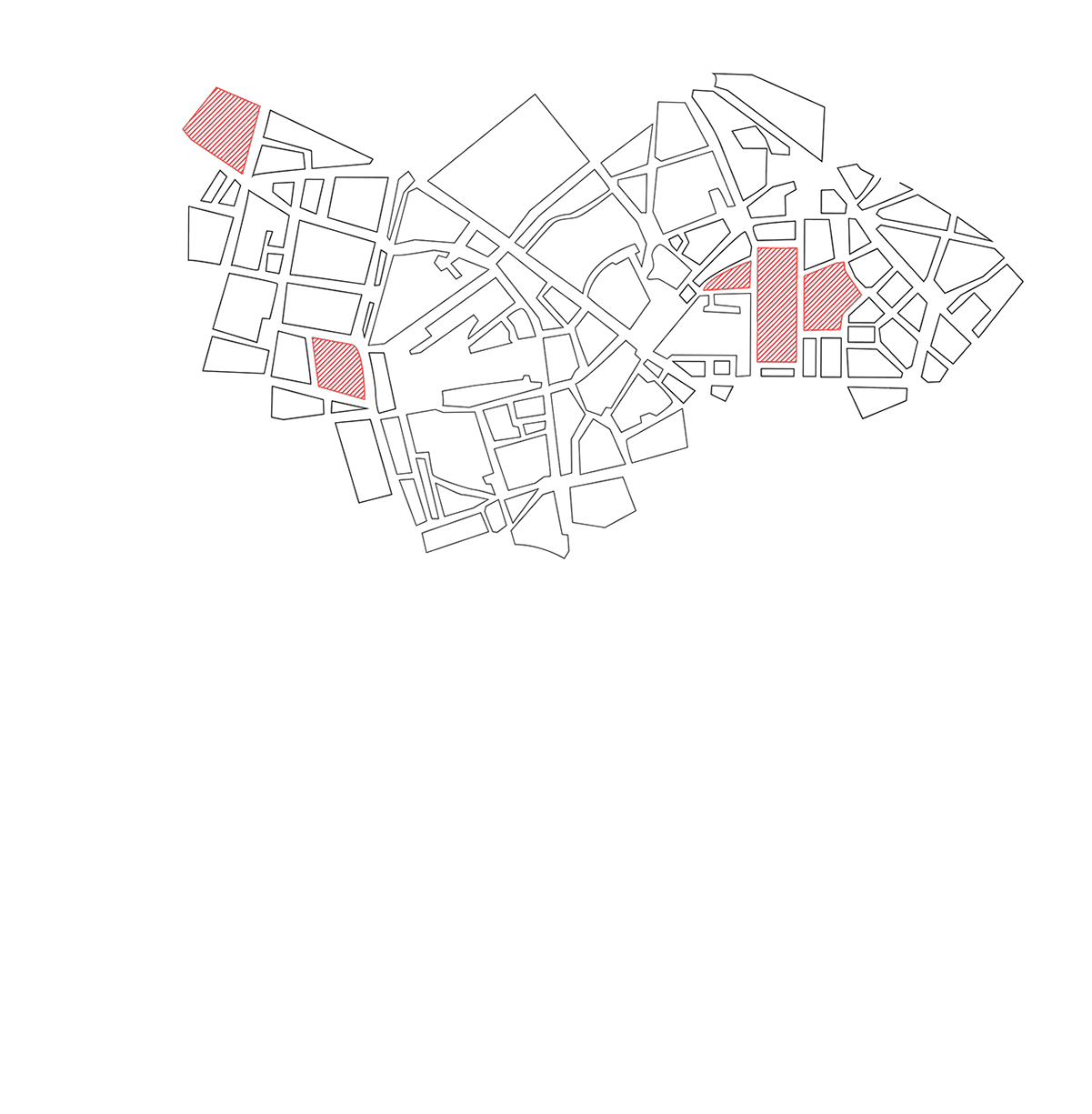






Chiesa di San Bartolomeo
The story of St Bartholomew’s Church is connected to the previous church located where via Manzoni and via Fatebenefratelli meet. After its demolition in 1861 for town planning reasons, the new church was erected at the start of via della Moscova, under the auspices of Maurizio Garavaglia. As in the original, the current place of worship appears naked of works of art, and in this mainly sober space Adrian Paci has displayed his photographic Via Crucis (Way of the Cross).
Duomo di Milano
A symbol of the city, the Cathedral rises in an area
rich in testimony, whether Ambrosian or Roman (the orchard). In a five-aisle structure, as with the ruins
of St Tecla’s Basilica, the Cathedral is the result of various elements which over the centuries have produced the singularity of this place. The inspiration behind this will be the two Bishop Ambroses and Carlo Borromeo. The Latin cross, specified by Ambrose for
the Basilica of the Apostles and in that of the Virgins,
is employed to organise the sacred space, while the current architectural lines, betraying a willingness for continuity with the past,
bear witness in the oldest parts to Lombard Romanesque, transfigured into forms whihc are more truly gothic. If the triple-pole apse, the pylons/towers and the spire which rises like a flower from the cross vault describe the first architectural singularity of this place,
the other decisive innovation by Carlo Borromeo is the construction of a new, high presbytery, which provides space beneath it for an enormous crypt (or jemal church for the choral office), which has also become
a home for Mark
Wallinger’s work.
Basilica di San Marco
Among the most important basilicas in the city, St Mark’s is precious not only artistically but also musically (Mozart visited
it on his journey to Italy,
and it was here that Verdi’s Requiem was premièred).
In the heart of the Brera district, it is immediately imposing because of its size (96 m long), and displays
a neo-gothic façade, the result of the 19th-century restoration by Carlo Maciachini. Inside, however, it is home to works of varying origins, including some by Camillo Procaccini, Paolo Lomazzo and Francesco Londonio, whose tomb permanently occupies an entire chapel
in the right side-aisle. Alongside the sarcophagi and bas reliefs in the oldest part of the building, the south transept, can be
found Bil Viola’s installation Study
for The Path.
Chiesa di
San Gottardo
in corte
Witness to the lordship
of the Visconti, not far from the Cathedral, the Palatine Chapel is seen today in its ancient splendour. Having over the years suffered various efforts at restructuring and restoration, original fourteenth-century elements are still visible externally, while the interior is in a neo-classical style. Beneath the choir in the counterfaçade can be seen a Crucifixion from the school of Giotto, while Susan Philipsz has arranged her sound work Close to me specifically for the space contained within the elongated hall of the nave.
Chiesa di
San Raffaele
Part of a complex of four churches devoted to archangels, positioned symmetrically around St Maria Maggiore (occupying the space of the actual Duomo), the church of St Raphael is the oldest. It was spared from repeated attempts to demolish it in the last century, precisely because it was the only legacy of old Milan’s toponymy and religious reference point for the people of Milan. The two key elements that Jacir based her Via Crucis on are the fact that St Raphael today is a church which has no congregation and whose pastoral mission is the perpetual eucharistic adoration, as a space for meditation and quiet contemplation. Jacir’s Via Crucis is a testament to individual and collective history and a profound reflection on human suffering and on the movement within and around the Mediterranean.
Milan
artache have given particular attention to those places accessible to the public
which have always been about making us feel at ease, offering us a natural calm.
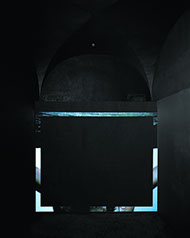
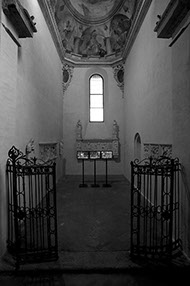
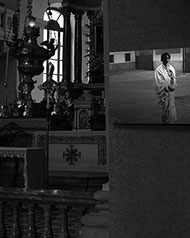
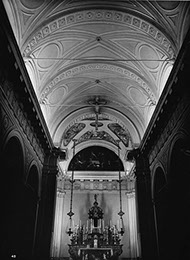
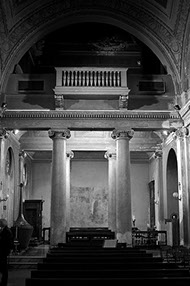
Have chosen to give artists a permanent space, locating
their works alongside other testimonies from history.
2005
2008
2011
2012
2016
Credits for artists / photographers and other rightholders have been duly indicated. Should this not be the case, please do let us know. Thank-you.
contact us at info@artache.it
designed by Archive Appendix
artache is not responsible for unauthorized use of the
images, text or any other content of this site by any third
party — all rights reserved © artache 2017